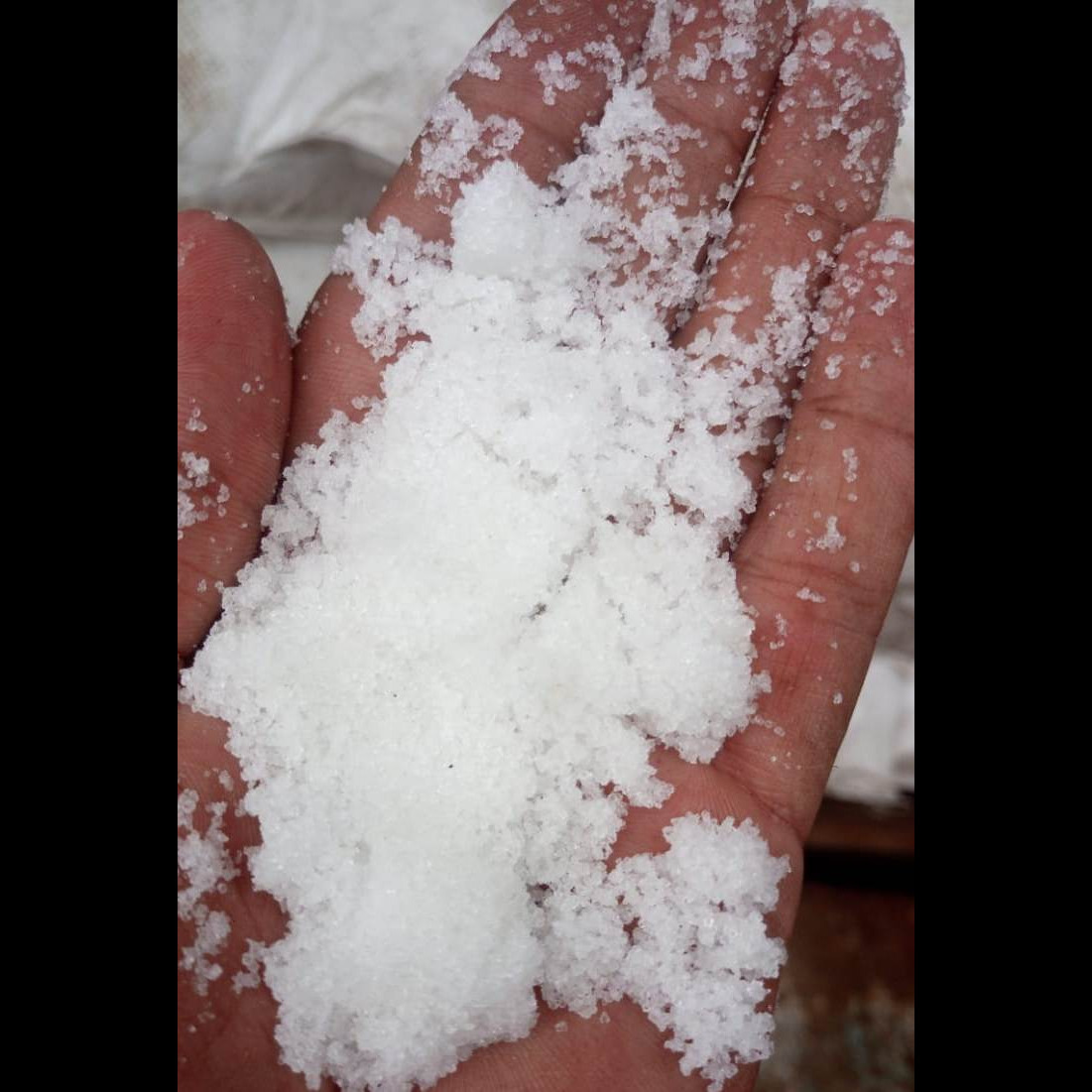
specifically Sodium Sulphate (Na₂SO₄), Sodium Nitrate (NaNO₃), and Potassium Nitrate (KNO₃) – their role in glass production, uses, importance, and stage of addition.
Here’s a detailed breakdown:
1. Sodium Sulphate (Na₂SO₄)
🔹 Uses in Glass Industry:
Fining Agent (De-bubbling):
Sodium sulphate is widely used to remove tiny bubbles from molten glass by releasing SO₂ and O₂ gases during melting.
Clarifying Additive:
Helps in refining molten glass and ensures optical clarity.
Viscosity Control:
It reduces the viscosity of molten glass at high temperature, making melting and homogenization easier.
🔹 Importance:
Essential for producing flat glass, container glass, and crystal glass where high transparency is needed.
Improves optical quality by minimizing streaks and bubbles.
Acts as a flux (lowers melting temperature), reducing energy consumption.
🔹 When to Add:
Added at the batch melting stage, usually before the refining/fining step.
Typical dosage: 0.1%–0.3% of batch weight.
Overdose can lead to excess SO₂ release → glass discoloration or furnace corrosion.
2. Sodium Nitrate (NaNO₃)
🔹 Uses in Glass Industry:
Oxidizing Agent:
Oxidizes Fe²⁺ → Fe³⁺ in raw materials, reducing green tint in glass caused by iron impurities.
Refining Aid:
Decomposes at high temperature, releasing oxygen which helps drive out trapped bubbles.
Color Correction:
Prevents unwanted color formation and assists in producing extra-clear glass.
🔹 Importance:
Especially important for solar glass, low-iron glass, and optical glass where maximum transparency is required.
Improves melting efficiency and chemical stability of final glass.
Helps in maintaining oxidizing atmosphere inside the melt.
🔹 When to Add:
Added in the initial batch mixing stage with silica, soda ash, limestone, etc.
Typical usage: 0.1–0.5% of batch.
Controlled carefully – excess nitrates may cause excessive foaming and higher NOx emissions.
3. Potassium Nitrate (KNO₃)
🔹 Uses in Glass Industry:
Chemical Strengthening (Ion-Exchange):
KNO₃ is primarily used in glass toughening processes, not directly in melting.
Glass is immersed in molten KNO₃ bath (around 400–500 °C).
Potassium ions (K⁺) replace smaller sodium ions (Na⁺) in surface layers of glass.
Creates compressive stress → glass becomes much stronger and resistant to scratches.
Specialty Optical Glasses:
Sometimes used as an oxidizer in certain special glasses where precise properties are required.
🔹 Importance:
Vital for Gorilla Glass, smartphone screens, car windshields, labware where high strength and scratch resistance are required.
Enhances mechanical durability without affecting transparency.
Used in lens glass for high optical performance.
🔹 When to Add:
Not added in the batch (like sulphate/nitrate).
Instead, used in the post-production chemical tempering process.
Glass articles are dipped in molten KNO₃ bath for several hours (time depends on thickness).
🔑 Summary – Role in Glass Production
Additive Role in Glass When Added Key Application
Sodium Sulphate Fining, clarifying, viscosity reduction During melting Flat glass, container glass
Sodium Nitrate Oxidizer, bubble remover, color correction Batch mixing stage Extra-clear glass, solar glass
Potassium Nitrate Chemical strengthening (ion-exchange) Post-production Toughened glass, smartphone glass
👉 In short:
Na₂SO₄ → refining, clarity
NaNO₃ → oxidizing, decolorizing
KNO₃ → strengthening after production

